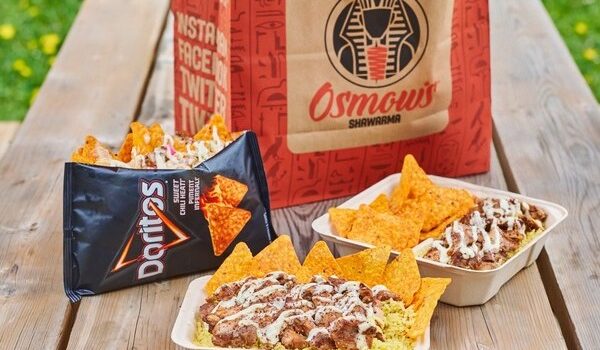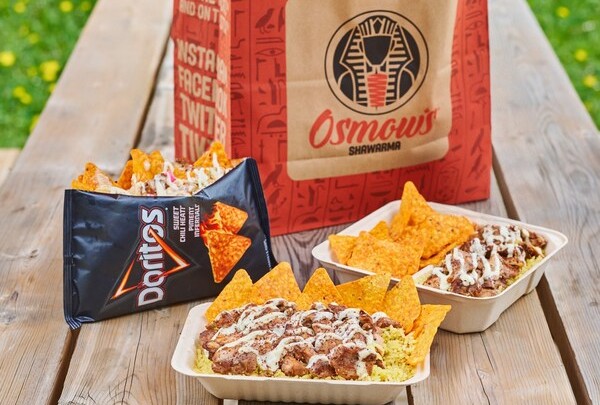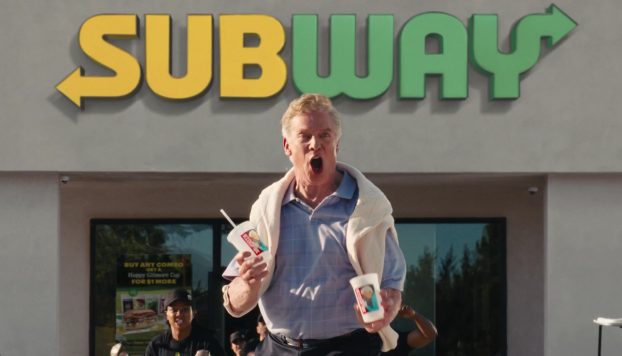Campbell Soup Co. reported increased marketing and selling expenses over Q2 as it looks to revitalize its soup business and drive sales within its core brands.
The company invested $237 million on marketing and selling over the quarter, representing a prior-year bump of 7%, driven primarily by increased investments in advertising and consumer promotion expenses. Meanwhile, advertising and commercial investments were up 17%, the majority of it targeted against the company’s soup portfolio “where consumer response has been very encouraging,” said Campbell CEO Mark Clouse in a call with investors.
Total net sales were $2.2 billion for the period, comparable to Q2 of 2019, in part due to the sale of Campbell’s European chips business to Valeo Foods for $80 million in October. Organic net sales for the quarter grew 1% from the year before, driven by gains in its snacks segment.
Meanwhile, in response to the coronavius, the company said this week it has increased production of canned soup and other self-stable products as consumers begin stockpiling certain items in their homes.
Campbell reported a drop of 2% in promotional spending within its meals and beverages division, which includes its namesake condensed and ready-to-serve products, as well as the Swanson, Pacific Foods, Prego and V8 labels. Organic net sales in the category fell 1% to $1.22 billion for the quarter.
Promotional spending was comparable in the Snacks segment, which includes Pepperidge Farm, Milano, Goldfish, Kettle Brand, Late July and other brands. Excluding the sale of its European chips business, which led to a drop in net sales of 1%, second quarter organic net sales rose 2% driven primarily by gains in Goldfish crackers, Pepperidge Farm cookies, and Kettle Brand and Cape Cod potato chips.
Clouse said performance was strong across the Snacks portfolio, where it saw “double-digit gains in late July, with Cape Cod, Kettle and Lance continuing to respond positively to our increased marketing investments, leading to both consumption and share growth.” During the investor call, he noted that its marketing investments contributed to its “power brands” growing three-times faster than the rest of the portfolio, adding that it has resulted in “increased household penetration for seven of the nine brands, another indicator of sustained growth.”
Last year, Clouse told investors that revitalizing Campbell’s soups business would “not happen overnight, but we are building confidence that we can win in soup again.”
As part of its strategy, the company has been divesting part of its business to focus on driving North American sales of its core brands that account for roughly 80% of its total business. In April, it sold its Bolthouse Farms to private equity firm Butterfly Equity, completing its planned divestment of its entire Campbell Fresh division. In December, it sold the Australian biscuit brand Arnott’s and part of its international operations to KKR (whose holdings include Becel-owned Upfield) for $2.2 billion, a month after selling its Kelsen Group international business for $300 million.
Meanwhile, Campbell spent $22 million on R&D in the latest quarter, up 10% from the year before. Its recent product launches in Goldfish Veggie crackers, Pepperidge Farm gluten-free products, and Late July No-Grain Tortilla Chips.
Last year, Campbell reported $8.1 billion in net sales, with 47% coming from its Snacks division and 53% from Meals & Beverages.
























